Key Takeaways
1. Conceptual integrity is paramount in software design
Conceptual integrity is the most important consideration in system design.
Coherent mental model: A software product must present a coherent mental model to its users, encompassing the application, strategies for using it, and the user interface. This coherence is the primary factor in ease of use and overall product quality.
Challenges of large projects: Achieving conceptual integrity becomes more difficult as project size increases and more minds are involved in the design process. This is why managing large programming projects is qualitatively different from managing small ones.
Architect's role: To maintain conceptual integrity, it's crucial to have a single mind or a small group of agreeing minds responsible for the overall design. This is where the role of the system architect becomes essential, acting as the user's agent and making critical design decisions.
2. The role of the system architect is crucial for project success
The most important function that software builders do for their clients is the iterative extraction and refinement of the product requirements.
Architect as user advocate: The system architect serves as the user's representative, responsible for the conceptual integrity of all aspects of the product perceivable by the user. This includes defining the public mental model of the product and specifying its functions and controls.
Separation of concerns: To make the architect's task manageable, it's necessary to separate architecture (the user-perceivable aspects) from implementation. This creates a clear boundary in the design process, allowing for focused effort on both sides.
Recursive architecture: For large projects, the system can be divided into subsystems, each with its own architect reporting to the master architect. This recursive approach allows for maintaining conceptual integrity even in complex systems.
3. The second-system effect can lead to overdesign and feature bloat
The second is the most dangerous system a person ever designs; the general tendency is to over-design it.
Overambitious designs: The second system a designer creates often suffers from overambition and excessive features. This is due to the designer's increased confidence and desire to implement all the ideas they couldn't in their first system.
Balancing act: When designing for a large, diverse user set, it becomes challenging to balance different user needs. This often leads to feature overload, compromising performance and ease of use.
User set definition: To combat this, it's crucial to explicitly define the target user set, including:
- Who they are
- What they need
- What they think they need
- What they want
Guessing and documenting user attributes and their frequencies can help focus the design process and highlight areas requiring further research.
4. The WIMP interface revolutionized user interaction with computers
The WIMP is a superb example of a user interface that has conceptual integrity, achieved by the adoption of a familiar mental model, the desktop metaphor, and its careful consistent extension to exploit a computer graphics implementation.
Conceptual integrity through metaphor: The Windows, Icons, Menus, and Pointing (WIMP) interface achieved conceptual integrity by adopting the familiar desktop metaphor and consistently extending it to the computer environment.
Balancing power and ease of use: The WIMP interface successfully balances power for experienced users with ease of use for novices:
- Menus provide discoverable options for new users
- Keyboard shortcuts offer efficiency for power users
- The interface allows for smooth transition between these modes
Enforcing standards: The success of the WIMP interface across applications was achieved through:
- Building the interface into read-only memory
- Management commitment and persuasion
- Criticism from reviewers for non-conforming products
This approach demonstrates the power of direct incorporation in enforcing architectural standards.
5. The waterfall model is flawed; incremental development is superior
The basic fallacy of the waterfall model is that it assumes a project goes through the process once, that the architecture is excellent and easy to use, the implementation design is sound, and the realization is fixable as testing proceeds.
Waterfall model limitations:
- Assumes linear progression through stages
- Places system and user testing at the end
- Fails to account for necessary upstream feedback
Incremental development benefits:
- Allows for early user testing
- Provides a running system at all stages
- Enables build-to-budget strategies
- Improves team morale through visible progress
Progressive refinement: Start with a basic end-to-end skeleton system, then incrementally add and refine modules. This approach allows for continuous testing and adaptation based on user feedback and emerging requirements.
6. Effective project management requires clear documentation and milestones
Milestones must be concrete, specific, measurable events defined with knife-edge sharpness.
Critical documents: A small set of well-defined documents serve as pivotal tools for project management:
- Objectives
- User manual
- Schedule
- Budget
- Organization chart
- Space allocation
Milestone characteristics:
- Concrete and measurable
- Sharply defined to prevent ambiguity
- Used to track progress and identify slippage
Communication tools: These documents and milestones serve multiple purposes:
- Focus thought and crystallize discussions
- Communicate plans and decisions to the team
- Provide a basis for status tracking and early warning of issues
7. Software engineering faces unique challenges in productivity and complexity
Software systems are perhaps the most intricate and complex of the things humanity makes.
Inherent complexity: Software systems are inherently complex due to their abstract nature and the need to conform to various human institutions and systems.
Productivity paradox: While hardware manufacturing productivity has increased dramatically, software development productivity has not seen comparable gains. This is largely due to the labor-intensive nature of software development.
Challenges:
- Invisibility: Software lacks a natural geometric representation
- Changeability: Software is constantly subject to change pressures
- Conformity: Software must adapt to various external systems and conventions
8. The mythical man-month fallacy: adding manpower to a late project makes it later
Brooks's Law: Adding manpower to a late software project makes it later.
Reasons for the fallacy:
- Ramp-up time for new team members
- Increased communication overhead
- Fragmentation of the task
Implications:
- Careful initial planning and estimation are crucial
- Projects should be structured to minimize interdependencies
- Alternative strategies (e.g., scope reduction) should be considered before adding manpower
Mitigation strategies:
- Use of small, skilled teams (e.g., surgical team model)
- Clear division of responsibilities
- Effective communication and documentation practices
9. Self-documenting code and proper documentation are essential
To keep documentation maintained, it is crucial that it be incorporated in the source program, rather than kept as a separate document.
Self-documenting practices:
- Use meaningful variable and function names
- Incorporate comments within the code
- Utilize language features that enhance readability
Documentation types:
- User documentation: Overview, purpose, usage instructions
- Technical documentation: Architecture, design decisions, implementation details
Documentation strategies:
- Write documentation concurrently with code development
- Use tools that generate documentation from code
- Regularly review and update documentation as the system evolves
Benefits:
- Improved maintainability
- Easier onboarding for new team members
- Reduced risk of knowledge loss when team members leave
Last updated:
FAQ
What's The Mythical Man-Month about?
- Focus on Software Engineering: The book delves into the complexities and challenges of managing large software projects, highlighting the unique aspects of software engineering.
- Essays and Insights: It is a collection of essays by Frederick P. Brooks Jr., based on his experiences with the IBM System/360 project.
- Key Concepts: Introduces critical ideas like "Brooks's Law," which states that "adding manpower to a late software project makes it later."
Why should I read The Mythical Man-Month?
- Timeless Relevance: Despite its 1975 publication, the insights remain pertinent as many software engineering challenges persist today.
- Management Techniques: Offers valuable management strategies and philosophies to improve project outcomes and team dynamics.
- Influential Work: Considered a classic in software engineering literature, it has shaped the thinking of generations of developers and managers.
What are the key takeaways of The Mythical Man-Month?
- Importance of Planning: Effective planning and realistic scheduling are crucial for software project success.
- Conceptual Integrity: Maintaining a unified vision and design is essential for a coherent software product.
- Communication is Key: Clear communication among team members and stakeholders is vital to avoid misunderstandings.
What is Brooks's Law, and why is it significant?
- Definition of Brooks's Law: States that "adding manpower to a late software project makes it later," highlighting inefficiencies in team expansion.
- Communication Overhead: More people increase communication needs, leading to delays.
- Focus on Quality: Emphasizes the need for skilled individuals over sheer numbers in team composition.
What does the term "Mythical Man-Month" mean?
- Concept of Man-Month: Refers to the flawed assumption that human labor can be measured in interchangeable units like "man-months."
- Misleading Metric: Highlights the misconception that more workers will proportionally decrease project time.
- Effort vs. Progress: Argues that effort does not equate to progress, especially in complex projects.
What is the "Second-System Effect" mentioned in The Mythical Man-Month?
- Definition of the Effect: Engineers tend to over-design their second system, adding unnecessary features and complexity.
- Historical Context: Uses OS/360 as a case study, where excessive features led to inefficiency.
- Advice for Engineers: Maintain simplicity and focus on essential features to avoid this pitfall.
How does The Mythical Man-Month address the challenges of team communication?
- Communication Overhead: Adding more people increases communication needs, leading to inefficiencies.
- Team Structure: Smaller teams are often more effective due to reduced communication complexity.
- Documentation and Meetings: Proper documentation and regular meetings ensure alignment among team members.
What is the "surgical team" concept introduced in The Mythical Man-Month?
- Definition of Surgical Team: A small, skilled group of programmers led by a "chief programmer" to maintain project integrity.
- Focus on Conceptual Integrity: The chief programmer ensures the overall design and implementation.
- Efficiency in Development: Aims to reduce communication overhead and increase efficiency through cohesive collaboration.
How does The Mythical Man-Month suggest handling schedule slippage?
- Recognize Small Delays: Small delays can accumulate, so they should be addressed promptly.
- Use of Milestones: Establish clear milestones to track progress and identify delays.
- Communication with Stakeholders: Open communication about potential delays is crucial for managing expectations.
What does Brooks mean by "self-documenting programs"?
- Definition of Self-Documenting Programs: Programs designed to be understandable without extensive external documentation.
- Techniques for Self-Documentation: Use meaningful variable names, clear structure, and inline comments.
- Benefits of Self-Documentation: Easier maintenance and modification, leading to better long-term software quality.
What are the best quotes from The Mythical Man-Month and what do they mean?
- "Good cooking takes time.": Emphasizes the importance of allowing sufficient time for quality software development.
- "Plan to throw one away.": Suggests that initial versions are often flawed and should be seen as prototypes.
- "Conceptual integrity is the most important consideration in system design.": Advocates for a coherent vision in software design.
How does Brooks suggest improving software productivity?
- Focus on Essential Tasks: Prioritize conceptual clarity and design integrity over mere implementation.
- Incremental Development: Advocate for early user feedback and iterative refinement.
- Effective Team Management: Well-structured teams with clear roles can significantly enhance productivity.
Review Summary
The Mythical Man-Month is a seminal work on software engineering management that remains relevant decades after publication. Readers appreciate Brooks' insights on project planning, team structure, and the challenges of large-scale software development. Many concepts, like Brooks' Law and the importance of conceptual integrity, are still applicable today. However, some reviewers note the dated technology references and gender-biased language. The book's enduring value lies in its timeless wisdom on human factors in software development, making it a must-read for professionals in the field.
Similar Books
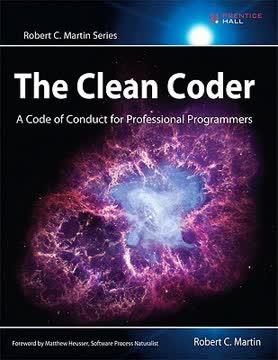
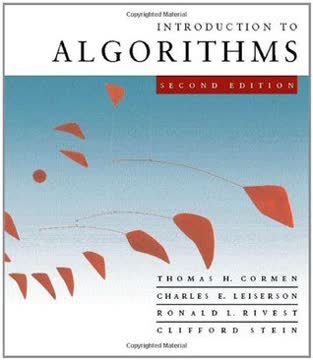
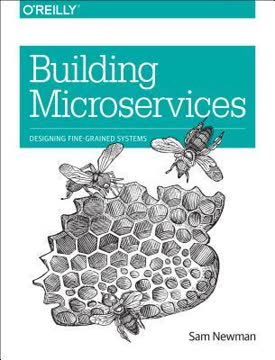
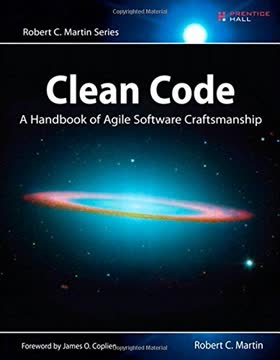

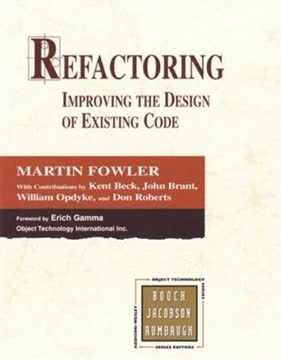
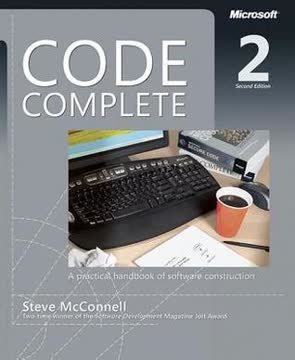
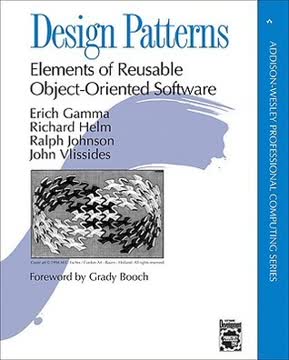
Download PDF
Download EPUB
.epub digital book format is ideal for reading ebooks on phones, tablets, and e-readers.




